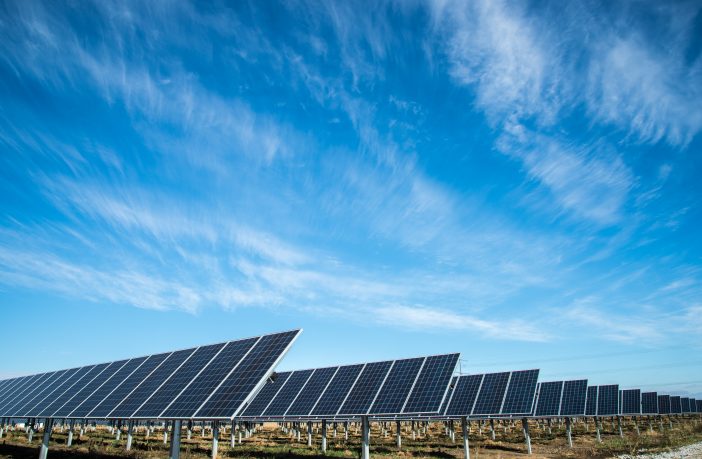- A renewable energy event in Nairobi heard solar and other “mature” clean energy sources will be excluded from the nation’s new feed-in tariff (FiT) program and will instead be commissioned under an auction regime.
pv magazine attended the Renpower Kenya 2022 event at the Villa Rosa Kempinski hotel this month where it was announced wind and geothermal power will also no longer qualify for FiT payments.
The government will instead offer the fixed incentives to biomass, small hydro, and unspecified “other” renewables projects. To receive FiTs, projects must have a generation capacity no larger than 20 MW, the event was told.
No details of the auction program which will apply to solar were revealed.
George Aluru, chairperson of trade body the Electricity Sector Association of Kenya spoke about the need for Africa to deploy interconnectors to match clean power generation with demand.
Citing an estimate neighboring Ethiopia could have an 8 GW to 10 GW grid within a few years – and notably less demand – Aluru called on governments to step up efforts such as those being made to link up national grids under the eastern and southern African power pools. He also highlighted a need for more widespread deployment of utility scale batteries, to balance out supply from solar and wind generation.
Jemimah Kwakye-Fosu, senior investment officer at Nairobi-based SunFunder, called for other clean energy financiers to adopt models to reduce foreign exchange (forex) risk in Africa, where developers often seek local-currency-denominated backing but investors usually stump up dollars.
The representative from SunFunder – which was acquired by the Mirova business ultimately part of French banking giant Groupe BPCE, in June – explained how her company uses traders as third parties between investor and developer to reduce the forex risk to the other parties.
The event also heard about plans by the United Nations Industrial Development Organization to work with Japanese entity Technova to harness excess clean energy as hydrogen for use in fertilizers and transport, and for export.
Author: Cosmas Mwirigi
This article was originally published in pv magazine and is republished with permission.
















